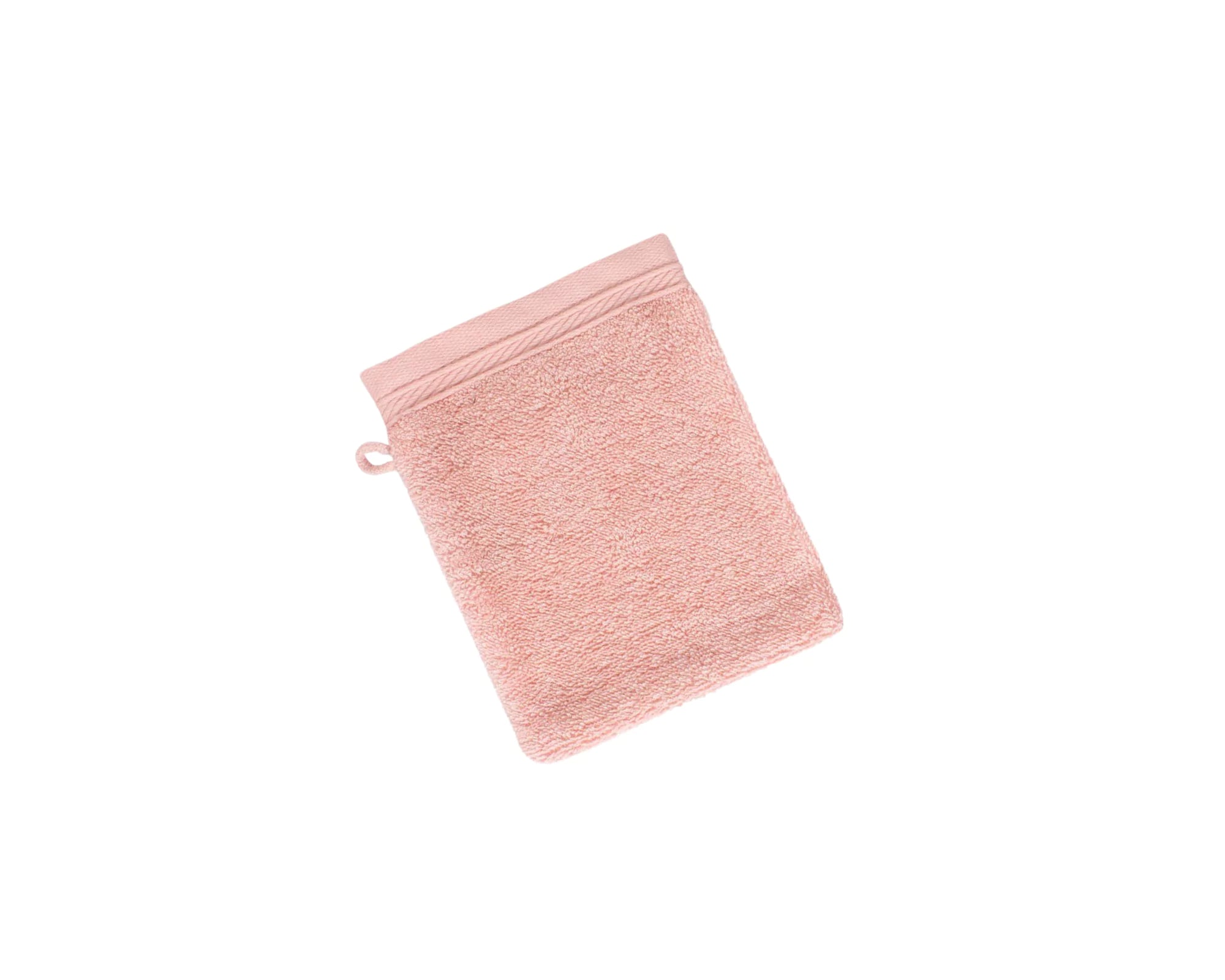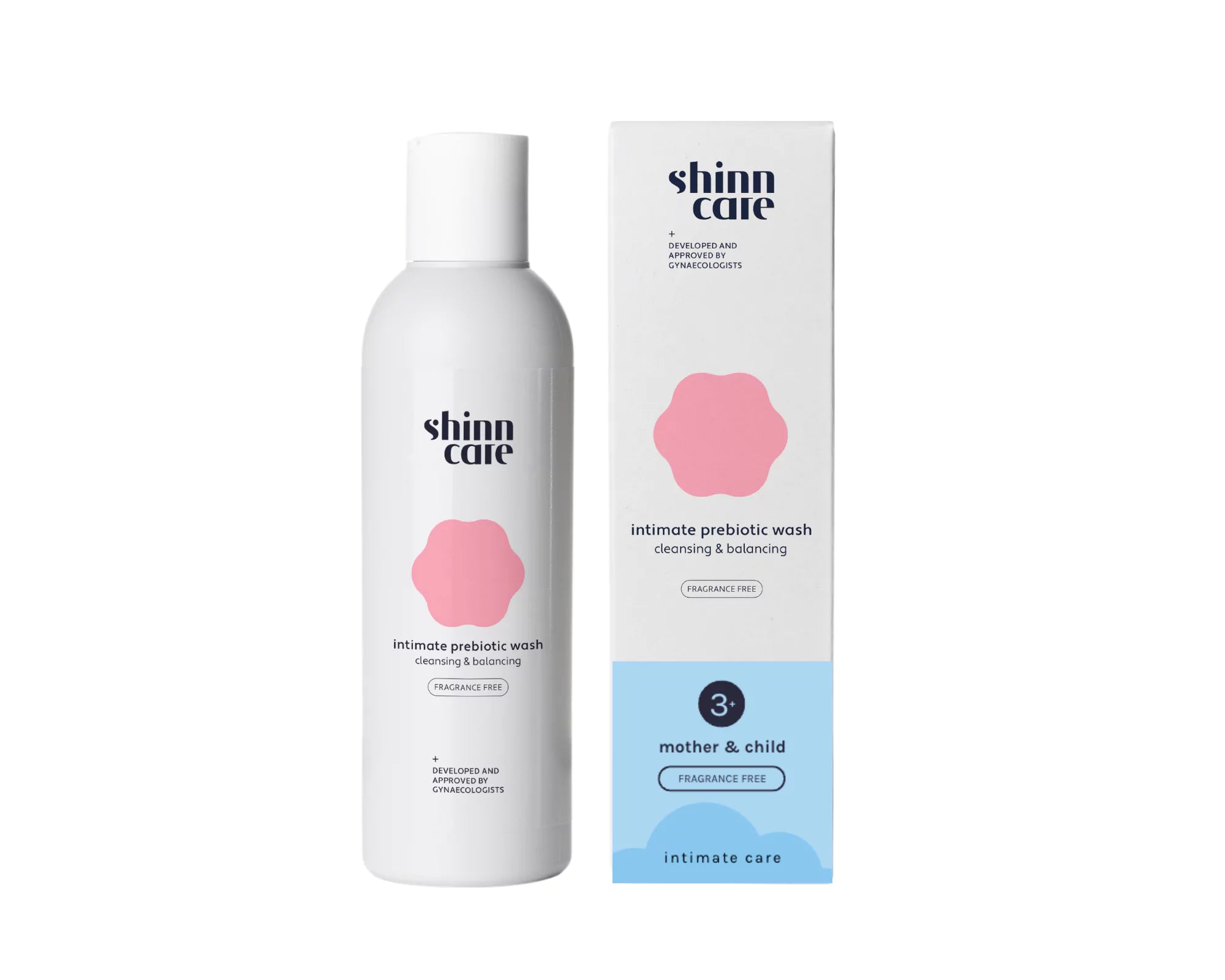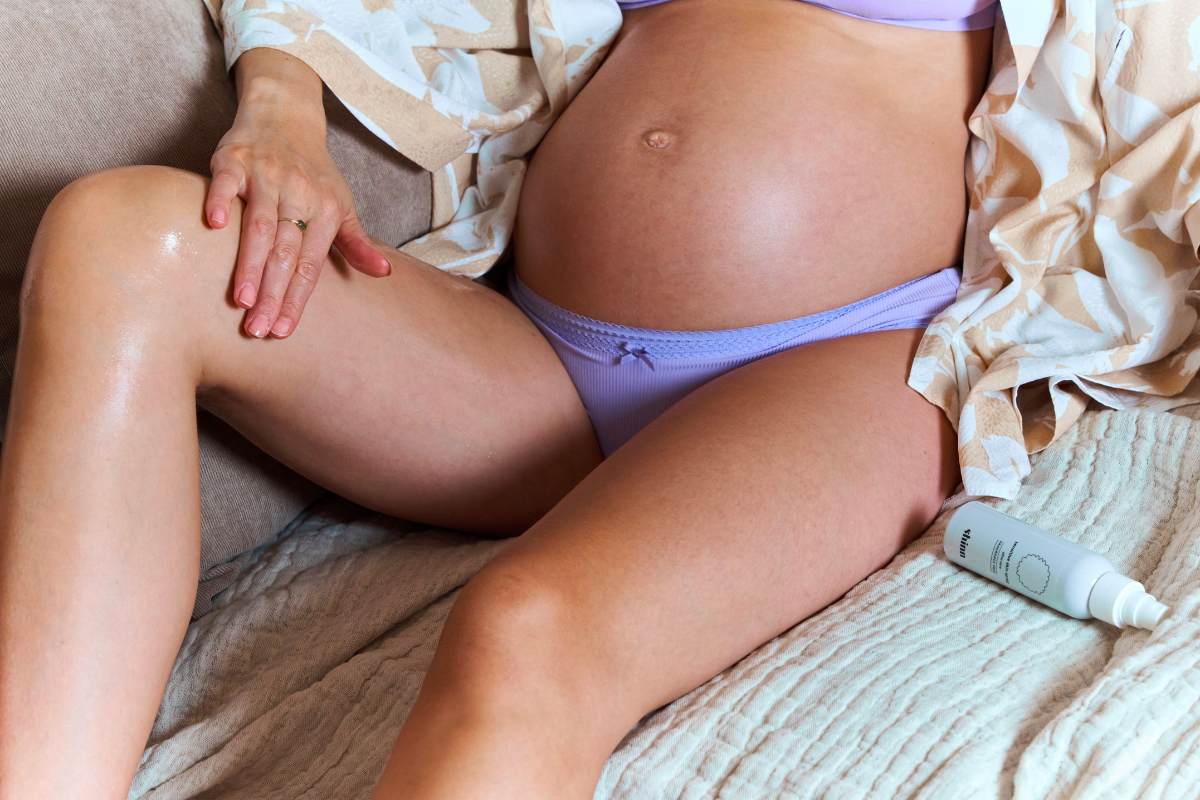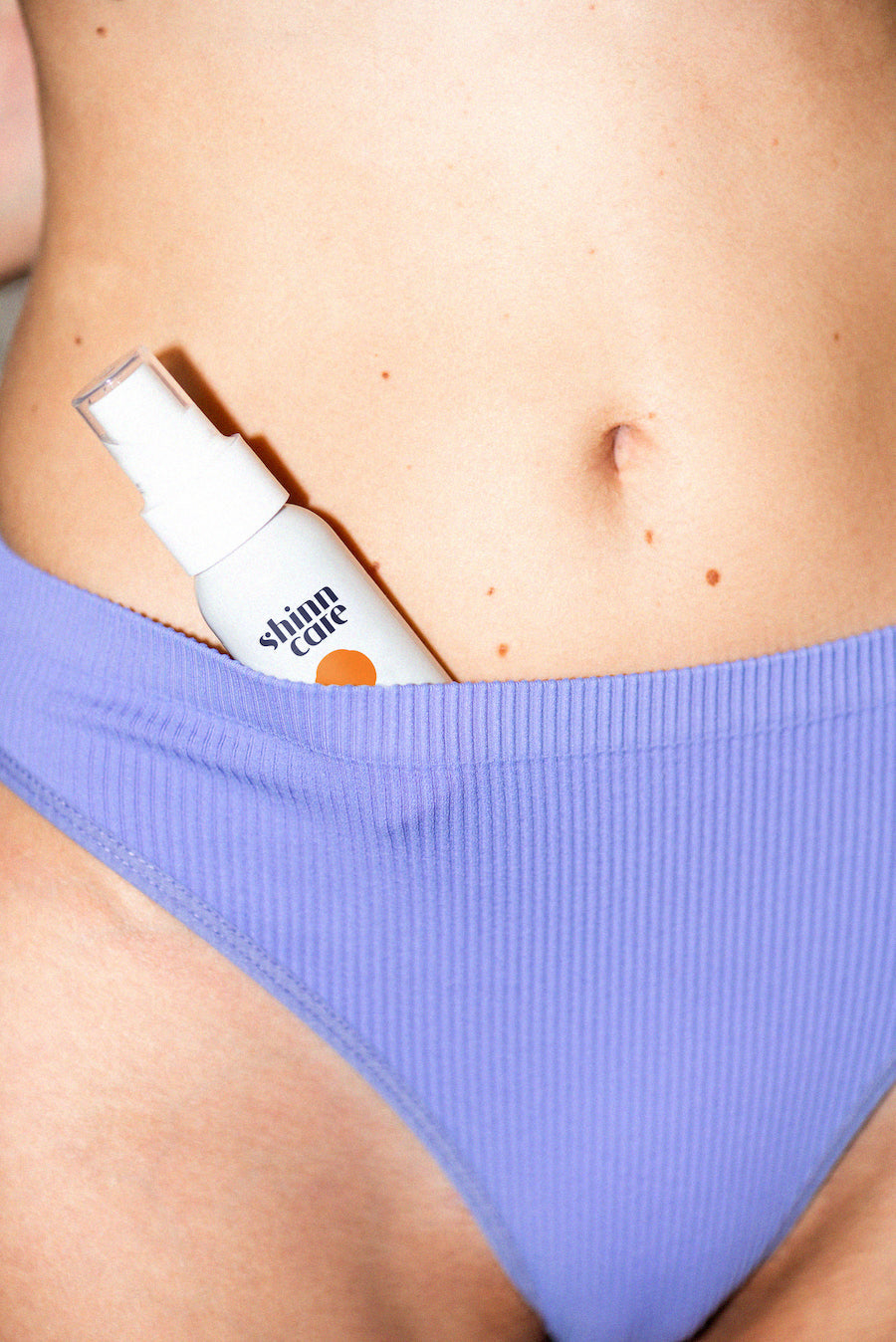As the due date approaches, many women look for ways to prepare their bodies for childbirth. One proven yet often overlooked method is perineal massage, a simple technique that helps the perineum stretch more easily during delivery.
Research suggests that starting perineal massage from 35 weeks of pregnancy can significantly reduce the risk of episiotomy and perineal trauma, particularly for first-time mothers.In this blog, you can explore the reasons why this timing is crucial and how to maximize the benefits of it.
- Why start perineal massage at 35 weeks onwards?
- Why you shouldn’t start it before 35 weeks?
- Maximizing the benefits of perineal massage
Why start perineal massage at 35 weeks onwards?
1. Reduced risk of episiotomy
- One of the most significant benefits of perineal massage is its ability to lower the likelihood of an episiotomy. Episiotomies—surgical cuts made in the perineum during labor—are commonly performed to facilitate delivery, especially in first-time mothers.
-
Studies show that women who begin perineal massage around 35 weeks of pregnancy experience a 15% reduction in episiotomy risk compared to those who do not massage their perineum.
-
This is because perineal massage helps the tissues become more flexible, allowing for a smoother stretch during childbirth.
Want to learn more about an episiotomy, a tear and a graze? Read everything here.
2. Lower incidence of perineal tears
-
-
Perineal trauma, including natural tears, occurs in 53–89% of vaginal deliveries, with the highest rates among first-time mothers.
-
-
-
While perineal massage may not prevent all types of tears, evidence suggests that starting the practice after 34 weeks can improve perineal integrity, reducing the risk of moderate to severe perineal injuries (second-degree tears and higher).
-
This protective effect is particularly beneficial as the baby’s head applies increasing pressure on the perineum in the final weeks of pregnancy.
-
3. Enhanced perineal flexibility and blood circulation
-
-
Regularly massaging the perineum in the last few weeks before labor, women can increase the elasticity and stretchability of perineal tissues.
-
The massage action stimulates blood flow in the perineal area, which helps nourish the tissues and prepare them for the physical demands of childbirth.
-
As a result, the perineum can stretch more effectively, reducing resistance and friction when the baby moves through the birth canal, thus lowering the risk of trauma.
-
4. Shorter second stage of labor
-
-
The second stage of labor—the phase between full cervical dilation and delivery—can be intense and prolonged, especially for first-time mothers.
-
Research suggests that perineal massage started after 34 weeks may help shorten this stage of labor by enhancing the perineum’s ability to stretch and accommodate the baby’s descent.
-
-
-
This effect can lead to a smoother delivery experience and reduce the need for medical interventions.
-
5. Reduction in postpartum pain and complications
-
-
Perineal trauma, whether caused by tearing or episiotomy, can lead to postpartum complications, including:
-
-
-
Studies indicate that women who practice perineal massage experience less perineal pain at three months postpartum.
-
Perineal massage during the antenatal period (after 34 weeks) has been linked to a reduction in fecal and flatus incontinence, helping women recover more comfortably after birth.
-
Want to learn more about infections, inflammation and bacterial vaginosis during pregnancy to avoid unwanted surprises? Read everything in this blog.
Why you shouldn’t start it before 35 weeks?
You might wonder why perineal massage is only recommended from 35 weeks onward. The main reason is that research studies and clinical guidelines have only evaluated the effectiveness and safety of perineal massage starting at this stage of pregnancy.More importantly, starting the massage before your body begins naturally preparing for birth may simply not be effective. In short, your body is most responsive to this technique in the final weeks of pregnancy, making week 35 the optimal starting point.
Maximizing the benefits of perineal massage
1. How often:
-
To experience the full benefits of perineal massage, experts recommend massaging daily or when possible from week 35 onwards.
-
The technique is simple, can be done independently or with your partner, and requires only a few minutes per session.
2. How to do it:
For a detailed step-by-step guide on how to perform perineal massage, check out our comprehensive guide here.
3. What to use:
To enhance comfort and effectiveness, consider using our peri oil spray, specially formulated to support perineal massage and promote skin elasticity.
4. Important notes:
-
Perineal massage may be uncomfortable and could sting or burn to begin with. This has usually gone by the second or third week of massage. If you experience pain, you should stop and consult with your midwife.
-
If genital herpes, thrush, or another vaginal infection is suspected, talk to the midwife before starting perineal massage. Avoid touching blisters or sores from genital herpes.
Do not perform perineal massage if you think your waters may have broken.
Get more tips on proper intimate area cleansing here.
Want to learn more about intimate health or try our products? Check out shinncare's products here and discover the best care for every stage of life.
References:












